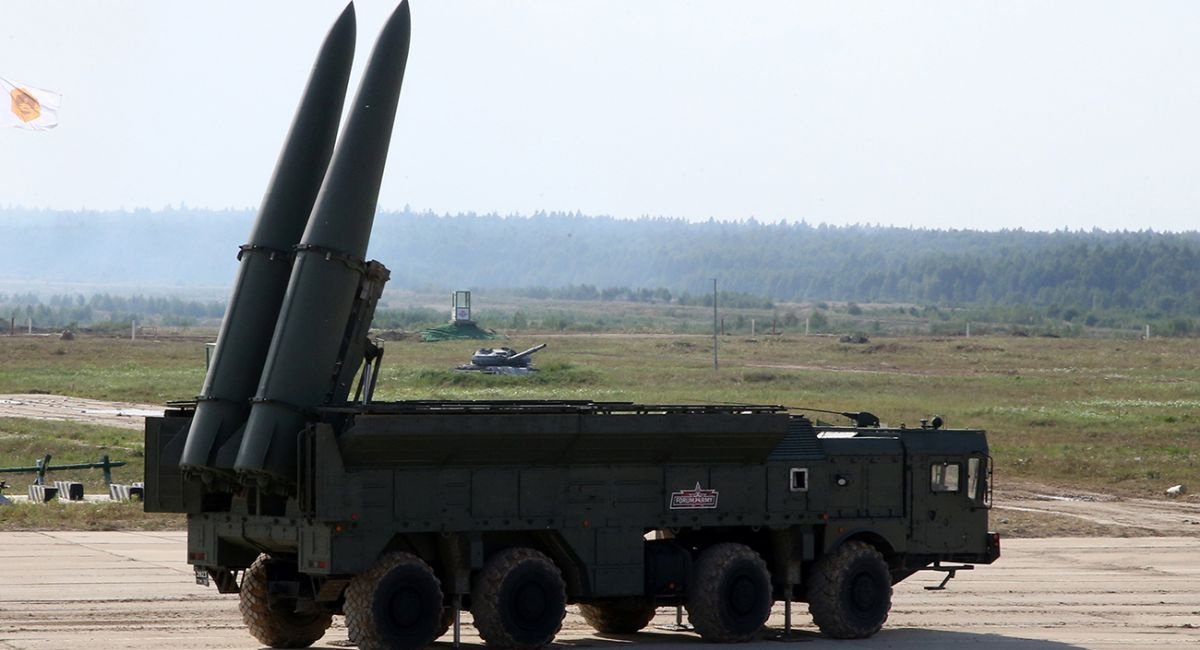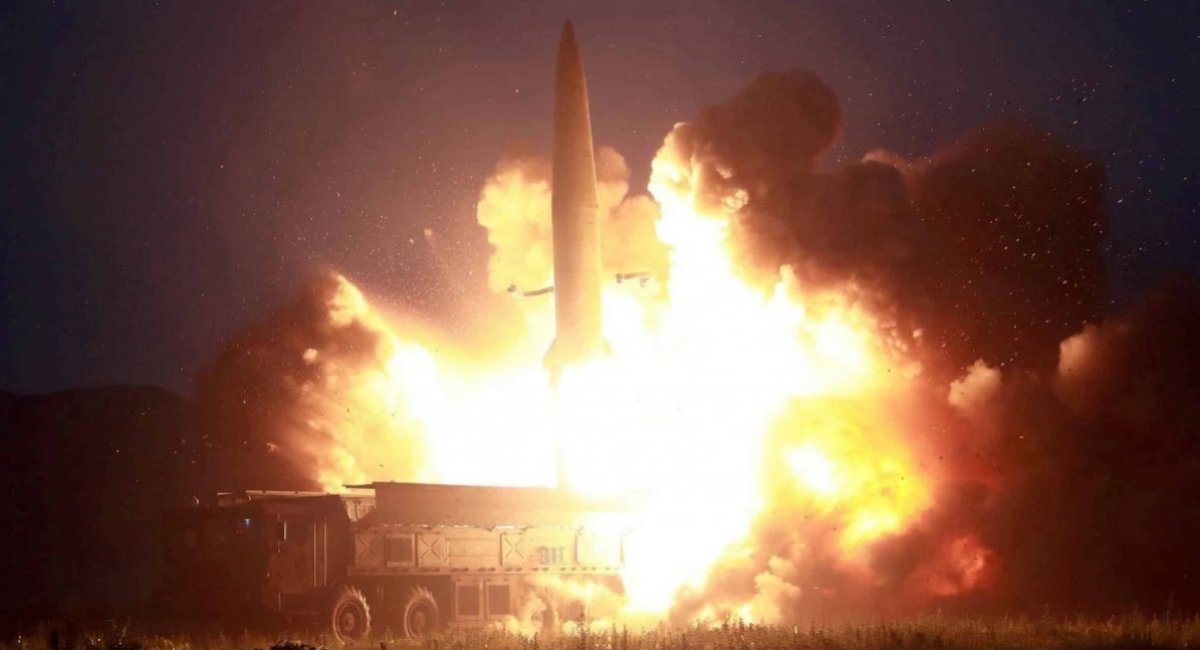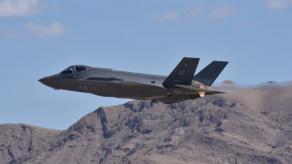As of early July 2025, russia has stockpiled around 300 short-range ballistic missiles, including both domestically produced Iskander-M systems and their North Korean counterparts, KN-23, according to a response from the Defense Intelligence of Ukraine to LIGA.net.
In detail, russia currently holds over 250 Iskander-M missiles and approximately 50 KN-23 missiles, highlighting the deepening military-technical cooperation between Moscow and Pyongyang. The KN-23 missile, which closely resembles the Iskander-M unit in both design and capability, has become an additional source of ballistic munitions for the Kremlin amid its protracted war against Ukraine.
Read more: Ukraine's General Staff Confirms Drone Strike on the Energiya Plant, Disrupts Supply of the Kh-35U and Iskander-M Missiles
To support the potential use of these systems, more than 60 mobile launchers capable of firing Iskander-class missiles have been deployed along russia's border with Ukraine. These systems are capable of delivering high-precision strikes against both military and civilian targets deep within Ukrainian territory, making them a persistent threat.
Back in May 2025, the Defense Intelligence had estimated russia's ballistic missile stockpile for these operational-tactical missile systems at around 580 units. The updated July figure suggests that a significant number of missiles may have already been used or transferred since then, though the current total still reflects a considerable arsenal.

The growing reliance on the KN-23 missile also points to russia's limited domestic capacity and the increasing role of foreign suppliers, particularly sanctioned states like North Korea, in sustaining its missile capabilities. Despite sanctions and export controls, russia has managed to expand its partnership with Pyongyang to include the delivery or licensed production of high-end strike weapons.
Meanwhile, the Defense Intelligence confirms that russia has increased monthly missile production. In comparison to 2024, when around 40 ballistic missiles were produced per month, the current output has risen to 60 missiles monthly. This ramp-up indicates that russia is investing heavily in replenishing its missile stockpile to sustain long-range strike operations.
This evolving missile landscape underscores the urgency for Ukraine and its partners to strengthen air defense systems, improve early warning capabilities, and take strategic countermeasures. The combination of domestic production and foreign imports could allow russia to maintain a steady pace of ballistic attacks, posing continued challenges to Ukrainian infrastructure, defense lines, and civilian safety.
As Defense Express previously reported, the Defense Intelligence of the Ministry of Defense of Ukraine has published new intelligence on 31 additional vessels that are part of the so-called shadow fleet operated by russia and Iran. The information, available on the War&Sanctions portal, includes details on 20 russian oil tankers and 11 Iranian vessels. These ships play a crucial role in helping both sanctioned regimes evade international restrictions and profit from fossil fuel exports.

Read more: Kyiv Comes Under Attack By North Korean KN-23 Ballistic Missiles














